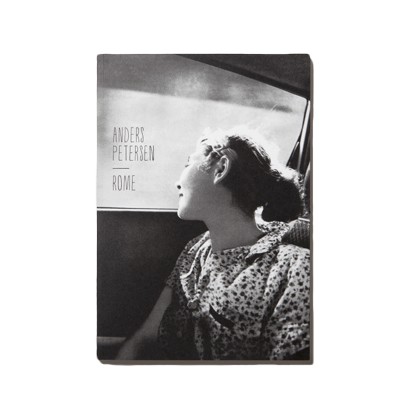[:it]
Anders
Petersen
— Solna (Sweden), 1944
Petersen is noted for his intimate and personal documentary-style black-and-white photographs. He studied photography under Christer Stromholm in Sweden, 1966-1967. For three years beginning in 1967 he photographed the late-night regulars (prostitutes, transvestites, drunks, lovers and drug addicts) in Café Lehmitz, a bar in Hamburg, Germany. The resulting photobook was first published in 1978 by Schirmer/Mosel in Germany. Café Lehmitz has since become regarded as a seminal book in the history of European photography. One of the photographs from this series was used as the cover art for Tom Waits’ album Rain Dogs.
In 1970 Petersen co-founded SAFTRA, the Stockholm group of photographers, with Kenneth Gustavsson. At the same time, he taught at Christer Stromholm’s school. He has been director of the Göteborg School of Photography and Film. He began to photograph for magazines, and continued his personal photo diary work, which continues to this day. He has photographed for extensive periods of time in prisons, mental asylums, and elderly care homes.
Website
Featured
Anders
Petersen
— Solna (Sweden), 1944
Petersen is noted for his intimate and personal documentary-style black-and-white photographs. He studied photography under Christer Stromholm in Sweden, 1966-1967. For three years beginning in 1967 he photographed the late-night regulars (prostitutes, transvestites, drunks, lovers and drug addicts) in Café Lehmitz, a bar in Hamburg, Germany. The resulting photobook was first published in 1978 by Schirmer/Mosel in Germany. Café Lehmitz has since become regarded as a seminal book in the history of European photography. One of the photographs from this series was used as the cover art for Tom Waits’ album Rain Dogs.
In 1970 Petersen co-founded SAFTRA, the Stockholm group of photographers, with Kenneth Gustavsson. At the same time, he taught at Christer Stromholm’s school. He has been director of the Göteborg School of Photography and Film. He began to photograph for magazines, and continued his personal photo diary work, which continues to this day. He has photographed for extensive periods of time in prisons, mental asylums, and elderly care homes.
Website



